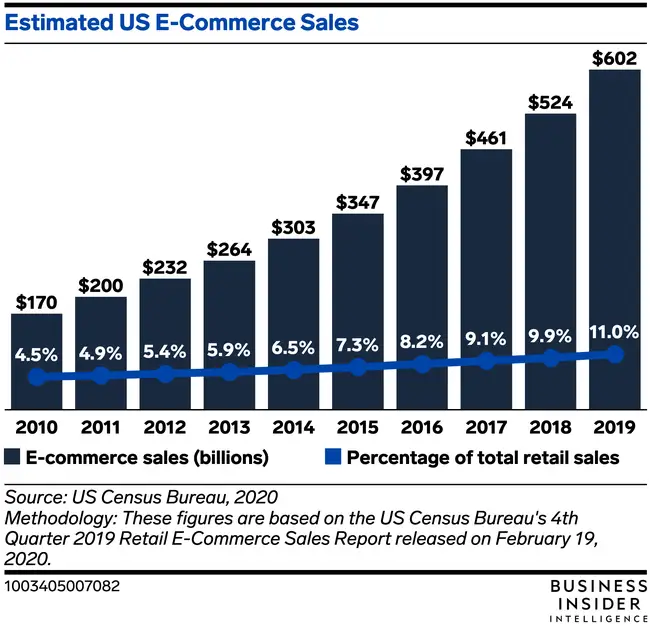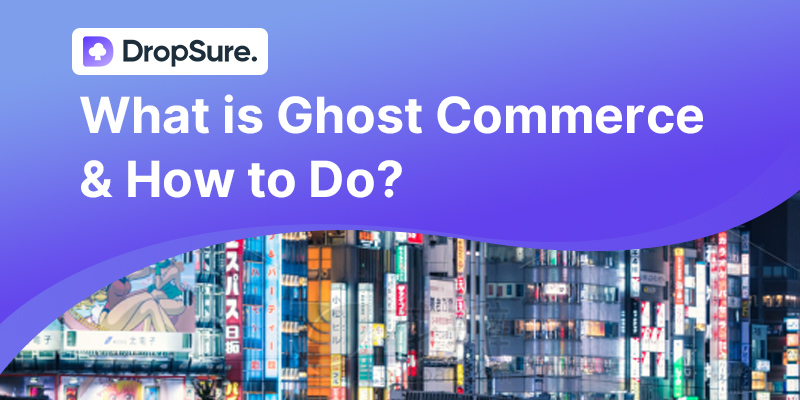
The fourth quarter (Q4) represents the peak sales season for e-commerce businesses, driven by major shopping events such as Black Friday, Cyber Monday, and the holiday season. For sellers aiming to maximize revenue, a well-structured strategy combining data-driven decisions, operational efficiency, and targeted marketing is crucial. Here’s how to set your store up for exponential growth in Q4.
- 1. Data-Driven Product Selection
Success in Q4 starts with choosing the right products:
Analyze Market Trends: Use historical sales data and trend analytics to identify categories with rising demand. Focus not just on high-volume items, but also on products with strong profit margins and low saturation.
Prioritize Potential Best-Sellers: Evaluate sales velocity, reviews, and competition. A product that is trending but not oversaturated can yield significant returns.
Leverage Predictive Tools: Tools that forecast market demand can help you anticipate popular items before competitors, giving you a first-mover advantage.
Tips: Regularly monitor “hot product lists” and update your inventory weekly to ensure you’re stocking items that buyers are actively searching for.
2. Optimize Your Store for Conversion
High traffic alone does not guarantee revenue. Conversion optimization is essential:
Improve Product Listings: Craft clear, benefit-focused product titles and descriptions. Include keywords that match search intent for Q4 shoppers.
Visual Content: High-quality images and short product videos showcasing usage scenarios increase buyer confidence and engagement.
A/B Testing: Test different layouts, call-to-actions, and promotional messaging to identify what drives higher click-through and purchase rates.
Tips: Prioritize mobile optimization—Q4 shoppers often browse and purchase via smartphones.

3. Strategic Promotions and Discounts
Promotions during Q4 are a major driver of sales, but they need to be planned carefully:
Limited-Time Offers: Create urgency with flash sales, countdown timers, and exclusive bundles.
Early-Bird Campaigns: Launch promotions ahead of major shopping events to capture early buyers.
Cross-Promotion: Bundle complementary products to increase average order value.
Tips: Track performance in real time and be ready to adjust discount levels or inventory based on actual demand.
4. Streamline Operations and Fulfillment
Operational efficiency is critical during high-volume periods:
Inventory Management: Ensure your warehouse and suppliers can meet expected Q4 demand. Stock popular items ahead of peak periods.
Order Automation: Implement tools for automatic order processing, shipping updates, and tracking notifications to reduce errors and enhance customer satisfaction.
Multi-Channel Coordination: Synchronize inventory across marketplaces, website, and social media stores to prevent overselling and stockouts.
Tips: Consider partnering with reliable logistics providers to guarantee fast, tracked shipping during high-demand periods.
5. Customer Engagement and Retention
Q4 is not just about new sales; it’s also an opportunity to build loyal customers:
Personalized Marketing: Use email segmentation and retargeting campaigns to deliver tailored recommendations.
Customer Service Excellence: Provide responsive support through chat, email, and social media to resolve issues promptly.
Post-Purchase Follow-Up: Encourage reviews and feedback to strengthen brand credibility and inform future Q4 planning.
Tips: Reward repeat customers with exclusive offers to increase lifetime value.
6. Measure, Analyze, and Iterate
Finally, successful Q4 strategies require constant monitoring:
Track key metrics such as conversion rates, average order value, and customer acquisition cost.
Compare performance against previous quarters to identify trends and areas for improvement.
Use insights to optimize your strategy in real time for maximum impact.
Conclusion
Achieving exponential growth in Q4 is a combination of preparation, data-driven decisions, operational efficiency, and strategic marketing. By carefully selecting products, optimizing your store, running targeted promotions, ensuring smooth fulfillment, and engaging customers effectively, you can maximize both revenue and brand loyalty.
The key to Q4 success is not working harder—it’s working smarter. Align your strategy with market trends, leverage automation tools, and focus on actions that drive measurable results.


 4 min read
4 min read



